Your Body in the Cold: The Survival Guide You Actually Need
I’ve spent a huge chunk of my life working outdoors, often in weather that sends most people running for a blanket and a hot drink. I’ve taught cold weather safety to everyone from weekend hikers to search and rescue pros, and if there’s one thing I’ve learned, it’s this: the cold demands your respect.
In this article
It’s not just about feeling a bit chilly. The moment the temperature drops, your body kicks off a series of incredible—and sometimes dangerous—processes to protect itself. Understanding this isn’t just cool science trivia; it’s the absolute key to staying safe and even comfortable when the frost starts to bite.
A lot of articles will tell you to wear a hat and not to forget your gloves. We’re going deeper. I want to share what I’ve learned from years in the field and from talking with medical experts. We’ll look at the why behind your body’s reactions, the subtle signs that things are getting serious, and the practical steps that will turn a potentially hazardous day into a manageable one.
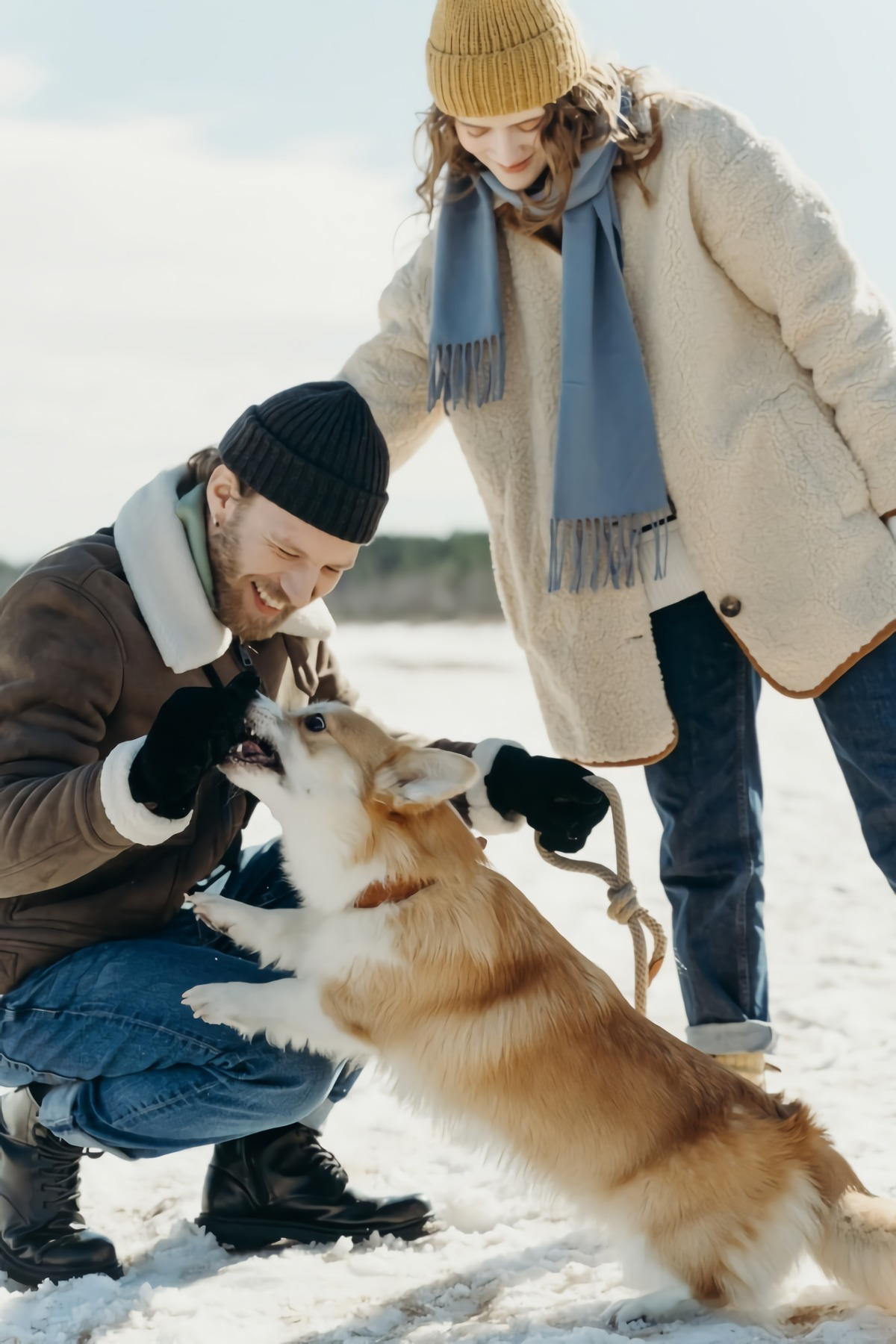
The Science of Staying Warm: Your Body’s Internal Furnace
Your body is obsessed with one thing: maintaining a core temperature right around 98.6°F (37°C). Your brain, heart, and other vital organs need this stable environment to function correctly. When the outside world gets cold, a tiny command center in your brain, the hypothalamus, launches a full-scale defense plan.
Phase One: Locking Down the Hatches
The very first thing your body does is try to stop heat from escaping. It does this with a trick called peripheral vasoconstriction. Think of your blood as hot water flowing through the pipes of a house. To keep the boiler (your core) hot, you’d shut off the pipes to the cold outer rooms. Your body does the exact same thing.
The small blood vessels in your skin—especially in your fingers, toes, ears, and nose—clamp down. This dramatically reduces the flow of warm blood to your body’s surface, trapping that precious heat around your vital organs. This is why your fingers and toes get cold first. It’s a deliberate sacrifice. That pale, stiff feeling in your fingers? That’s vasoconstriction in action. When you finally warm up, those vessels open again, and you get that familiar, often painful, pins-and-needles sensation. That’s just blood rushing back into tissues that were crying out for it.
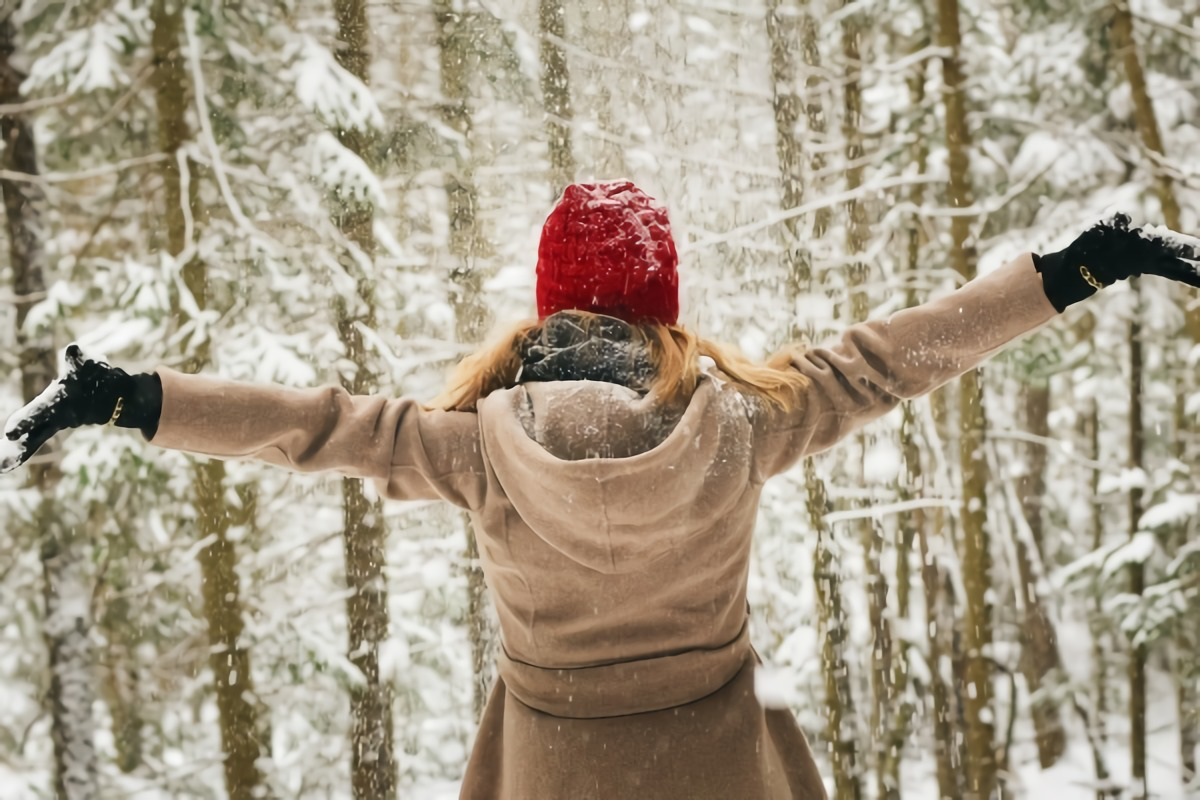
By the way, for some people, this response is extreme. If your fingers turn stark white or blue at the slightest hint of cold, you might be dealing with something called Raynaud’s phenomenon. It’s usually more of a nuisance than a danger, but if it’s severe, it’s definitely worth a chat with your doctor.
Phase Two: Firing Up the Heat with Shivering
If constricting blood vessels isn’t enough, your body switches to Plan B: making its own heat. The most obvious way it does this is by shivering.
Shivering is just your muscles contracting and relaxing over and over again, incredibly fast. This friction and metabolic activity generates a surprising amount of heat. But it’s an emergency measure, and it’s costly. Shivering burns a ton of energy, which is why being cold can feel so exhausting. Think of it like leaving your car running all night just to keep the engine from freezing—it works, but it drains the tank.
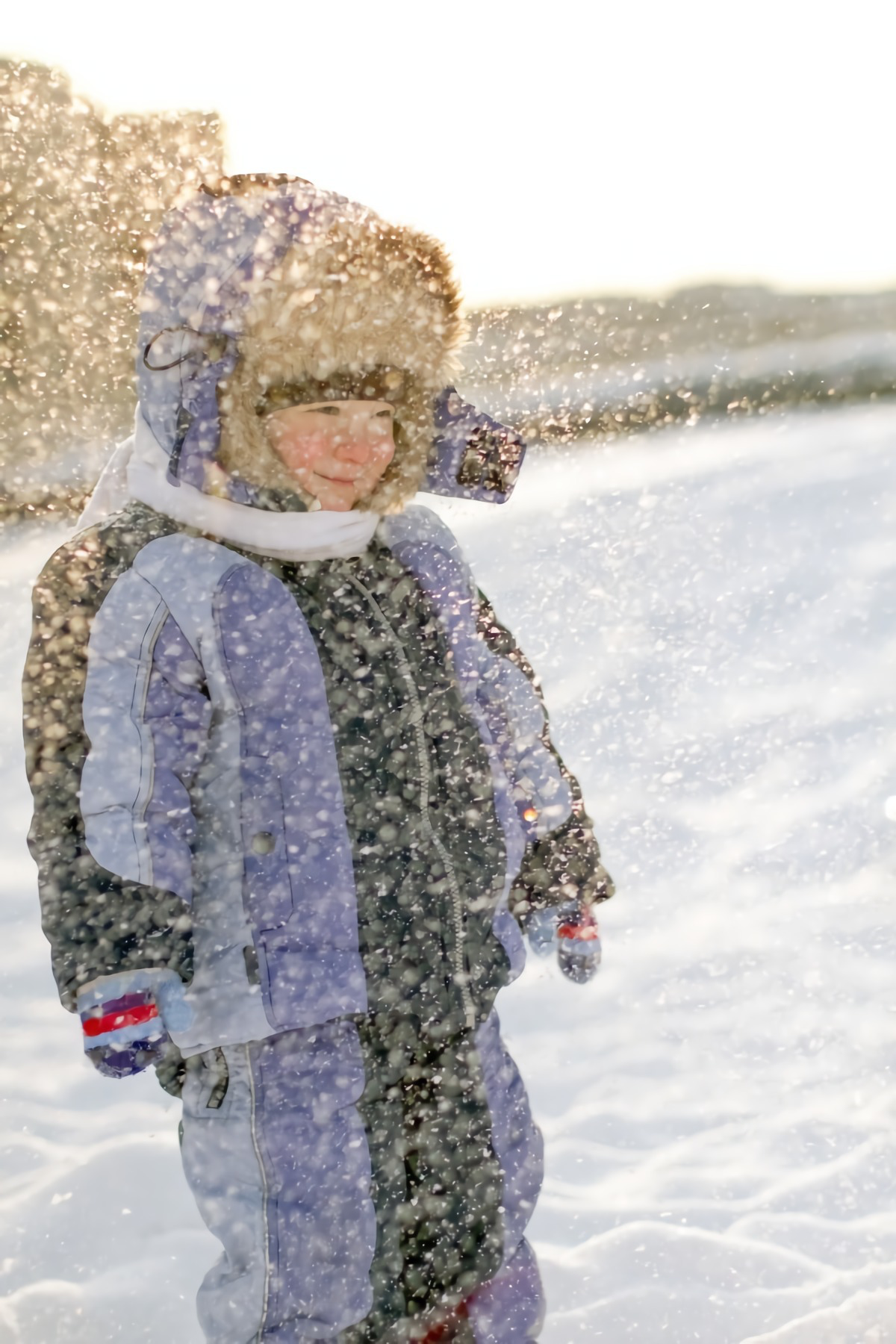
Heads up! I always teach people to see shivering as a serious alarm bell. It means your body’s passive defenses have failed, and it’s now in an active fight to stay warm. It’s a clear signal to add a layer, get out of the wind, or head inside.
The Hidden Furnace: Brown Fat
There’s another, quieter way your body produces heat, using a special kind of fat called brown adipose tissue (BAT). Unlike the regular white fat that stores energy, brown fat is packed with tiny cellular power plants called mitochondria. When you get cold, BAT can burn calories to produce heat directly, no shivering required. Babies have a lot of it, but we now know adults retain some around the neck and shoulders. It’s another tool in your body’s survival kit.
When Your Defenses Start to Strain
Your body’s fight to stay warm isn’t free. It puts real strain on your heart and lungs, especially for older adults or anyone with a pre-existing health condition.
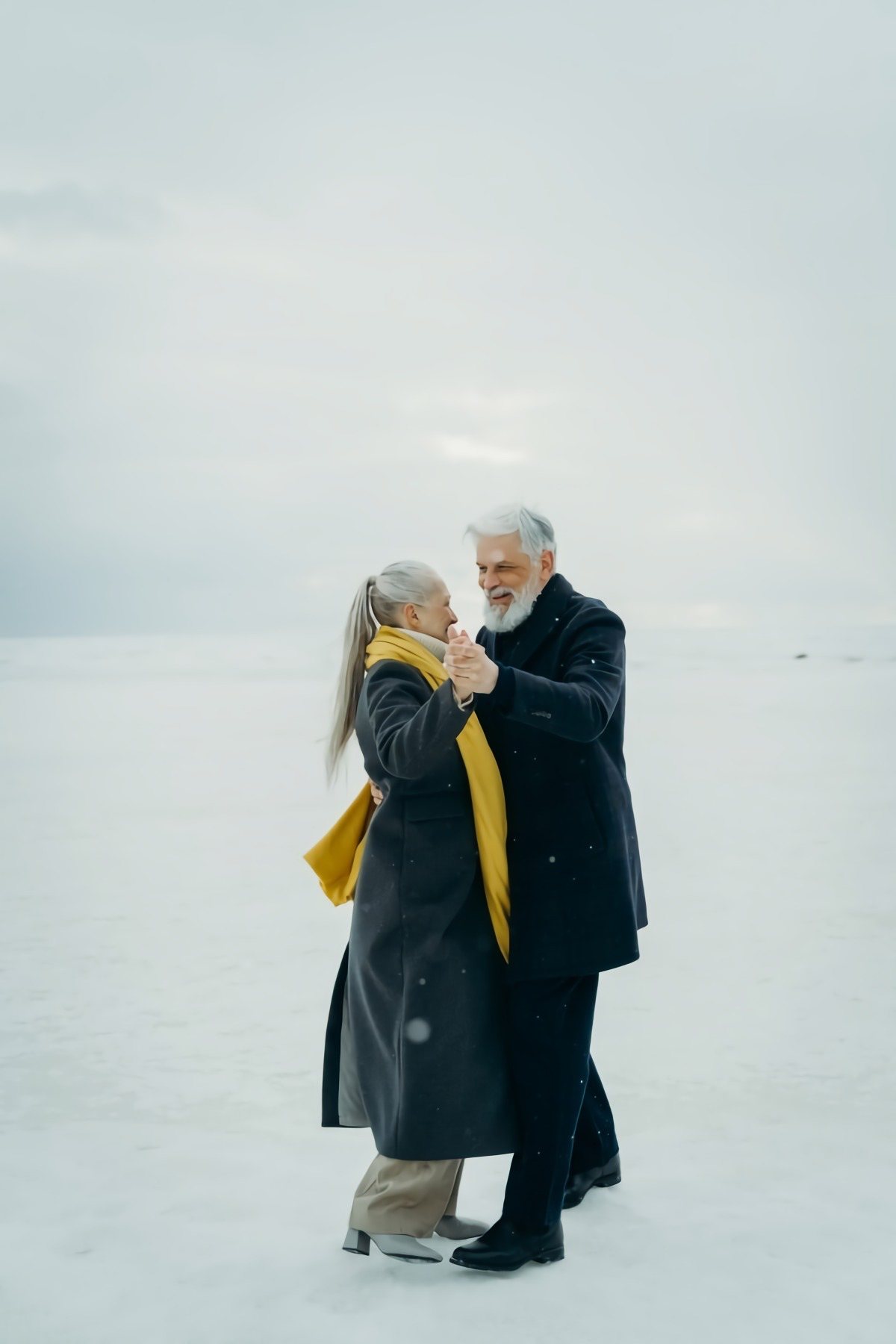
The Heart Under Pressure
Remember vasoconstriction? When your blood vessels narrow, it’s like pinching a garden hose. The pressure inside goes up. Your heart has to pump much harder to push blood through these constricted pipes. To make matters worse, cold can slightly thicken your blood, increasing the workload even more.
This is why you see a spike in heart attacks during the winter, especially during activities like shoveling heavy, wet snow. It’s the perfect storm of the heart being asked to do more work while its own blood supply might be compromised. My advice is simple: take it easy. If you have any history of heart issues, don’t go from a warm house straight into intense labor. Warm up slowly, take frequent breaks, and listen to your body.
The Challenge of Breathing Icy Air
That crisp, cold air might feel refreshing, but it’s a challenge for your lungs. Your airways are designed to process warm, moist air. Cold air is incredibly dry. As you breathe it in, your respiratory tract works overtime to warm and humidify it. This can irritate the lining of your airways, causing them to constrict.

For anyone with asthma, this can be a fast track to wheezing and shortness of breath. Even if you’re perfectly healthy, you might feel a slight burning in your chest during a hard run in the cold. A simple, low-tech solution that works wonders is to breathe through a scarf or balaclava. The fabric traps a bit of your exhaled heat and moisture, pre-warming the air you inhale. It makes a huge difference.
Reading the Signs: Your Skin and Eyes
Your skin and eyes are on the front line, and they give you some of the clearest signs that you need to take action.
What Your Skin Color Is Telling You
Paying attention to your skin is a critical outdoor skill. The color changes tell a story:
- Red: When you first step out, your cheeks might get red. This is often your body pushing a last-minute surge of warm blood to the skin to try to re-warm it before it clamps down. It’s a temporary, protective flush.
- Pale or White: This is your last warning before real trouble. As vasoconstriction takes over completely, the skin turns pale or waxy white because of the lack of blood flow. This is the classic sign of frostnip, the earliest stage of a freezing injury. The tissue isn’t frozen yet, and the damage is reversible.
- Blue or Gray: This is a very serious sign. If blood flow doesn’t return, the tissue is starved of oxygen, causing the skin to look bluish or gray. This means frostbite—the actual freezing of tissue—is either happening or about to happen.
Quick tip for treating frostnip: If you see a pale patch on someone’s cheek or nose, here’s what to do. First, get them out of the wind. Second, use gentle, skin-to-skin contact. Place your warm, bare hand over the area. Never rub it! Third, for fingers, the best spot is in your own armpits—they’re a perfect natural warming pouch.
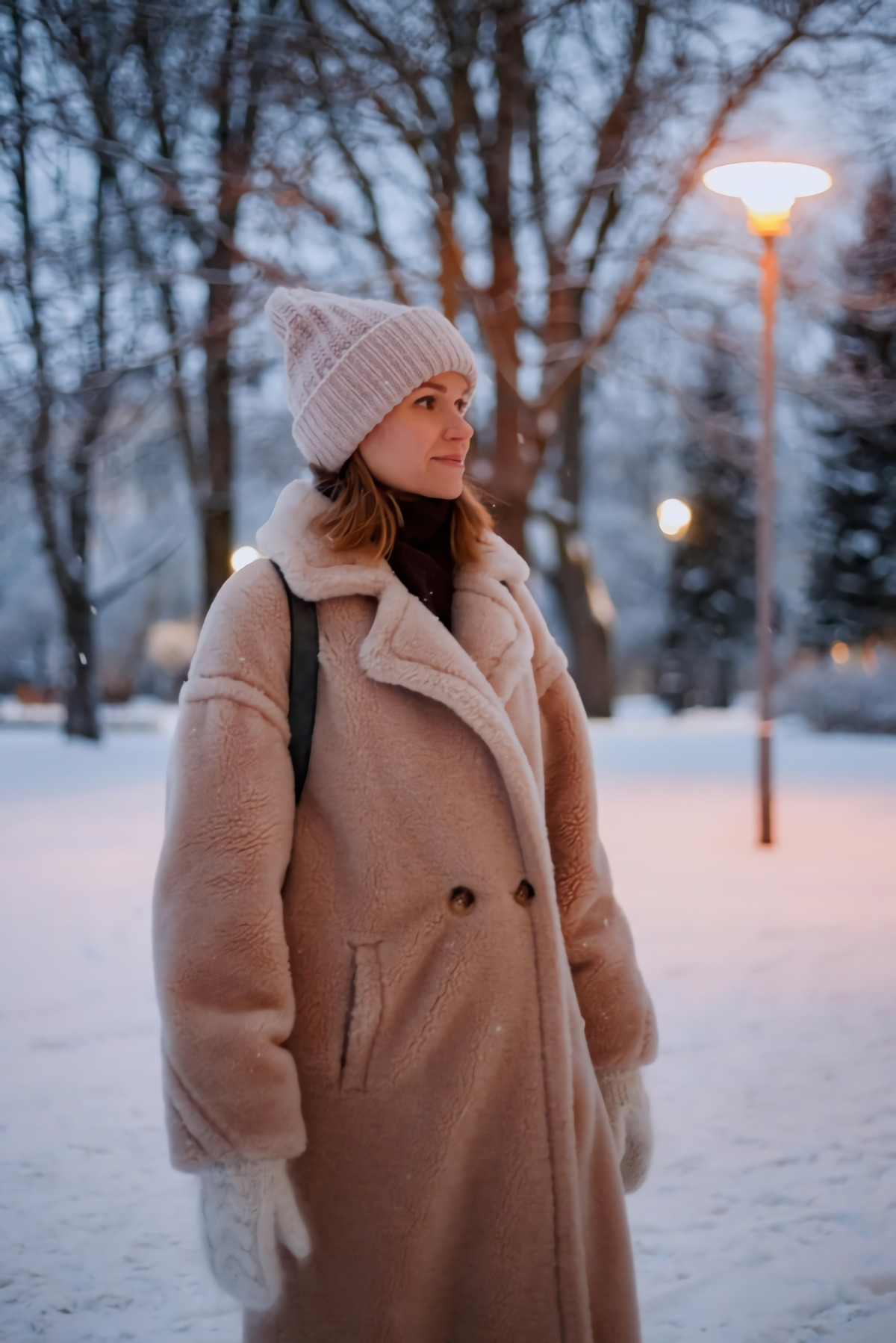
A critical safety warning I cannot stress enough: NEVER rub frostbitten skin, especially with snow. I’ve heard this terrible advice for years. The tissue has ice crystals in it; rubbing it is like grinding sandpaper into the cells. The proper response is to get to shelter and re-warm the area gently in a warm water bath (around 100-104°F or 38-40°C). Severe frostbite is a 911-level emergency.
Don’t Forget Your Eyes
Your eyes are pretty tough, but the combination of wind and sun can be brutal. Wind strips away your eye’s protective tear film, causing irritation and blurred vision. In extreme conditions, the cornea can even freeze. Even more common is ‘snow blindness,’ which is basically a sunburn on your corneas from the intense glare off the snow. I forgot my sunglasses once on a bright day, and trust me, the gritty, burning pain is something you only want to experience once. The fix is simple: wear UV-blocking sunglasses or, even better, goggles, which create a protective seal against the wind.

The Invisible Impact: What Cold Does to Your Mind
The cold doesn’t just attack your body; it messes with your head. Its effect on your mood and decision-making can be just as dangerous as frostbite.
The ‘Winter Blues’ vs. SAD
Feeling a bit sluggish in winter is pretty common. It’s often linked to less daylight, which can throw off your body’s production of mood-regulating chemicals like serotonin. For some, this becomes a more serious issue called Seasonal Affective Disorder (SAD), which is a clinical form of depression. If you feel persistently down every winter, it’s really important to talk to a healthcare professional.
On a practical level, try to get outside for at least 20 minutes during daylight hours, even if it’s cloudy. Some people also get relief from light therapy boxes (look for 10,000 lux) and making sure their Vitamin D levels are good (after a chat with a doctor, of course).

Cold and Your Brainpower
One of the scariest things about getting cold is how it impairs your thinking. As your core temperature drops, your brain function slows down. You get confused, your memory gets fuzzy, and your ability to make good decisions evaporates.
I once helped rescue a hiker who had gotten lost on a simple trail. He wasn’t severely hypothermic yet, but he had walked right past an obvious turn and was struggling to even open a granola bar. We call these the ‘umbles’ in the first-aid world: stumbling, mumbling, fumbling, and grumbling. If you see these signs in yourself or a friend, it’s an urgent signal to get warm immediately. A simple mistake in the cold can quickly spiral into a life-threatening crisis.
The Pro’s Playbook for Cold Weather
Okay, enough science. Let’s talk strategy. Managing the cold is all about preparation and using the right techniques.
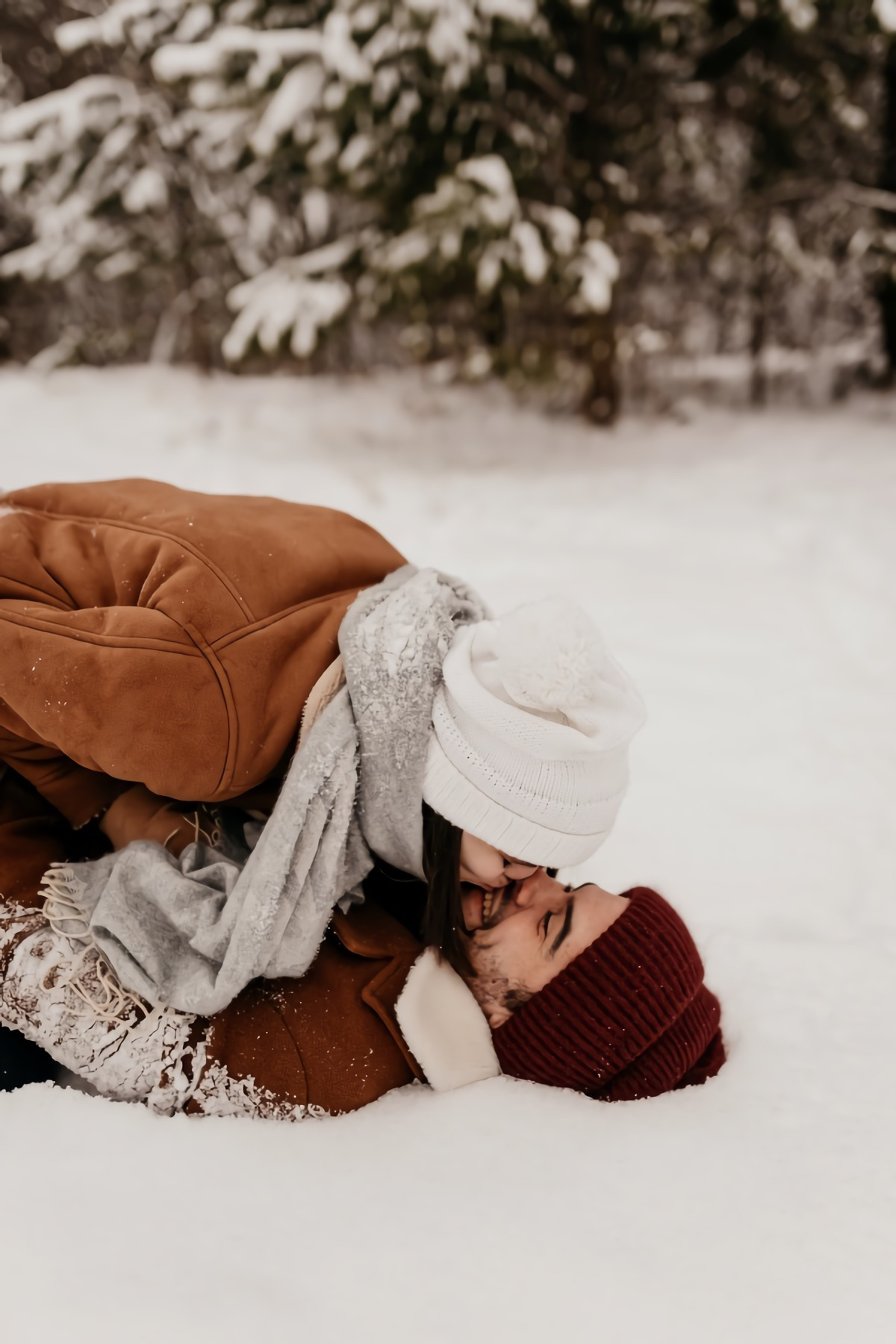
The Layering System: Your Personal Climate Control
This is the single most important concept. Proper layering lets you adjust your insulation to match your activity and the weather. It has three parts:
- Base Layer: This is what’s against your skin. Its only job is to wick sweat away. Moisture is the enemy. For this reason, you have to avoid cotton. Cotton is like a sponge; it soaks up sweat and holds it against you, chilling you dangerously fast. That’s why you’ll hear pros say, “cotton kills.” You want merino wool or synthetics like polyester.
- Mid Layer: This is your insulation. It traps your body heat. Fleece, down jackets, and synthetic puffy coats are perfect. Think multiple thin layers for more versatility.
- Outer Layer (Shell): This is your shield. It needs to be windproof and waterproof (or at least resistant). Critically, it also needs to be ‘breathable’ so your sweat vapor can escape. I once saw a guy whose expensive ‘waterproof’ jacket wasn’t breathable. After a hard hike, he was completely soaked from the inside out—his own sweat had defeated him.
So what should you buy? A high-end merino wool base layer from an outdoor specialty store might set you back $70 to $120. They are amazing at managing moisture and resisting odor. But honestly, a good synthetic polyester base layer from a place like Target or Walmart for $25-$40 is a fantastic and effective alternative. Both are infinitely better than a $5 cotton t-shirt.
Cold Weather Myth Busters
Let’s bust a big one right now. Does a shot of whiskey or brandy warm you up? Absolutely not. It’s a dangerous myth. Alcohol is a vasodilator, meaning it opens up your blood vessels. That rush of blood to your skin feels warm for a minute, but you’re actually radiating your precious core heat out into the cold air, accelerating heat loss. It’s the exact opposite of what your body is trying to do.
Fueling the Furnace: Food and Water
Your body is burning extra calories, so you need to feed it. Don’t go out hungry. Focus on complex carbs for sustained energy. Think oatmeal before you head out, and pack things like whole-wheat crackers, granola bars, or trail mix. And you HAVE to stay hydrated. People forget to drink in the cold, but you lose a ton of water just by breathing. A thermos of a warm, non-caffeinated drink is perfect—it hydrates you and gives you a little core warmth.
A Quick Note on Kids and Older Adults
Remember, kids and older adults get colder faster. Kids have a larger surface area relative to their body mass, meaning they lose heat more quickly. Older adults may have less muscle mass (which generates heat), slower circulation, and may not sense the cold as effectively. For both groups, you need to be more proactive: dress them in one more layer than you think they need, check on them constantly, and plan for shorter trips outdoors.
Quick Win: Save Your Phone Battery
Here’s a lesser-known trick: Keep your phone in an inside pocket, close to your body. Cold absolutely destroys batteries. Keeping your phone warm ensures it will actually work if you need it to call for help.
The Ultimate Danger: Hypothermia
Everything we’ve talked about is designed to prevent one thing: hypothermia. This is when your body loses heat faster than it can make it, and your core temperature plummets. It is a true medical emergency.
- Mild Hypothermia: Vigorous shivering and the ‘umbles’ (stumbling, mumbling, fumbling). The person is conscious but might be confused.
- Moderate Hypothermia: This is the turning point. The shivering may STOP. This is a very bad sign. It means their body is out of energy. They will become more confused and may even try to take clothes off, a phenomenon known as ‘paradoxical undressing’.
- Severe Hypothermia: The person becomes unconscious. Their breathing and pulse may be incredibly slow and faint. They might seem gone.
If you suspect hypothermia, call for emergency help first. Then, get them out of the cold. Gently remove wet clothing and cover them with dry layers or blankets. If they can swallow, give them warm, sweet, non-alcoholic drinks. And handle them gently. There’s a saying in emergency medicine: ‘you’re not dead until you’re warm and dead.’ People have been revived from what looked like hopeless situations.
Final Thoughts
Your body’s response to cold is a complex, beautiful system built for survival. By understanding it, you can work with your body instead of against it. You learn to read its signals, respect its limits, and give it what it needs to keep you safe. The cold isn’t something to fear, but it must always, always be respected. And that respect, built on knowledge, is your best tool when the temperature drops.
Inspirational Gallery with Photos
Wool vs. Cotton: Wool is a time-tested insulator. It can absorb up to 30% of its weight in moisture and still retain its warming properties. Cotton, on the other hand, is a liability. Once it’s wet from sweat or snow, it loses all insulating value and actively pulls heat from your body. In the field, there’s a reason for the saying:
Did you know? Shivering, your body’s emergency heat-generation system, can burn as many as 400 calories per hour.
This intense energy burn is why staying fueled and hydrated is critical in the cold. Your body is working overtime, even when you’re standing still. High-fat, slow-burning foods like nuts and cheese are your best friends, providing the sustained energy your internal furnace needs.
Why are mittens so much warmer than gloves?
It’s simple physics. Gloves isolate each finger, creating a large surface area for heat to escape. Mittens, however, keep your fingers together in a shared airspace. This allows them to share warmth and dramatically reduces the overall surface area exposed to the cold, keeping your digits functional for longer. For extreme temperatures, mittens are the undisputed champions.
- Avoid overheating by shedding layers before you start strenuous activity.
- Keep your clothing clean, as dirt and oil compress insulation, reducing its effectiveness.
- Ensure your layers are loose, as tight clothing restricts blood flow.
The guiding principle? It’s far easier to stay warm than to get warm again once you’re chilled and your gear is damp.
The Alcohol Fallacy: That flask of brandy might feel like it’s warming you up, but it’s actually doing the opposite. Alcohol is a vasodilator, meaning it widens the blood vessels near your skin. This rushes warm blood to the surface, causing rapid heat loss from your core. You feel a flush of warmth while your vital internal temperature is dangerously dropping.
When selecting a down jacket from a brand like Patagonia or Arc’teryx, pay attention to the
What is ‘afterdrop’ and why is it so dangerous when rewarming someone?
Afterdrop is a life-threatening phenomenon where a person’s core temperature continues to fall even after they’ve been brought into a warm environment. As the cold limbs start to warm up, constricted blood vessels open, sending a slug of cold, acidic blood back to the heart. This can trigger cardiac arrest. It’s why first aid protocols emphasize warming the core (torso, neck, groin) first, before the extremities.
Wind chill doesn’t change the temperature of an object, but it dramatically accelerates how quickly that object loses heat.
A 20 mph wind can make 10°F (-12°C) feel like -9°F (-23°C) on your exposed skin. This is why a windproof shell, often using a membrane like GORE-TEX or Pertex Shield, is non-negotiable. It protects the precious bubble of warm air trapped in your insulating layers from being stripped away.
Hydration is just as important in winter as it is in summer. You lose a significant amount of water vapor through breathing in cold, dry air. Dehydration thickens your blood, forcing your heart to work harder to circulate it, which can impair its ability to keep your fingers and toes warm. Keep a water bottle insulated to prevent it from freezing.










